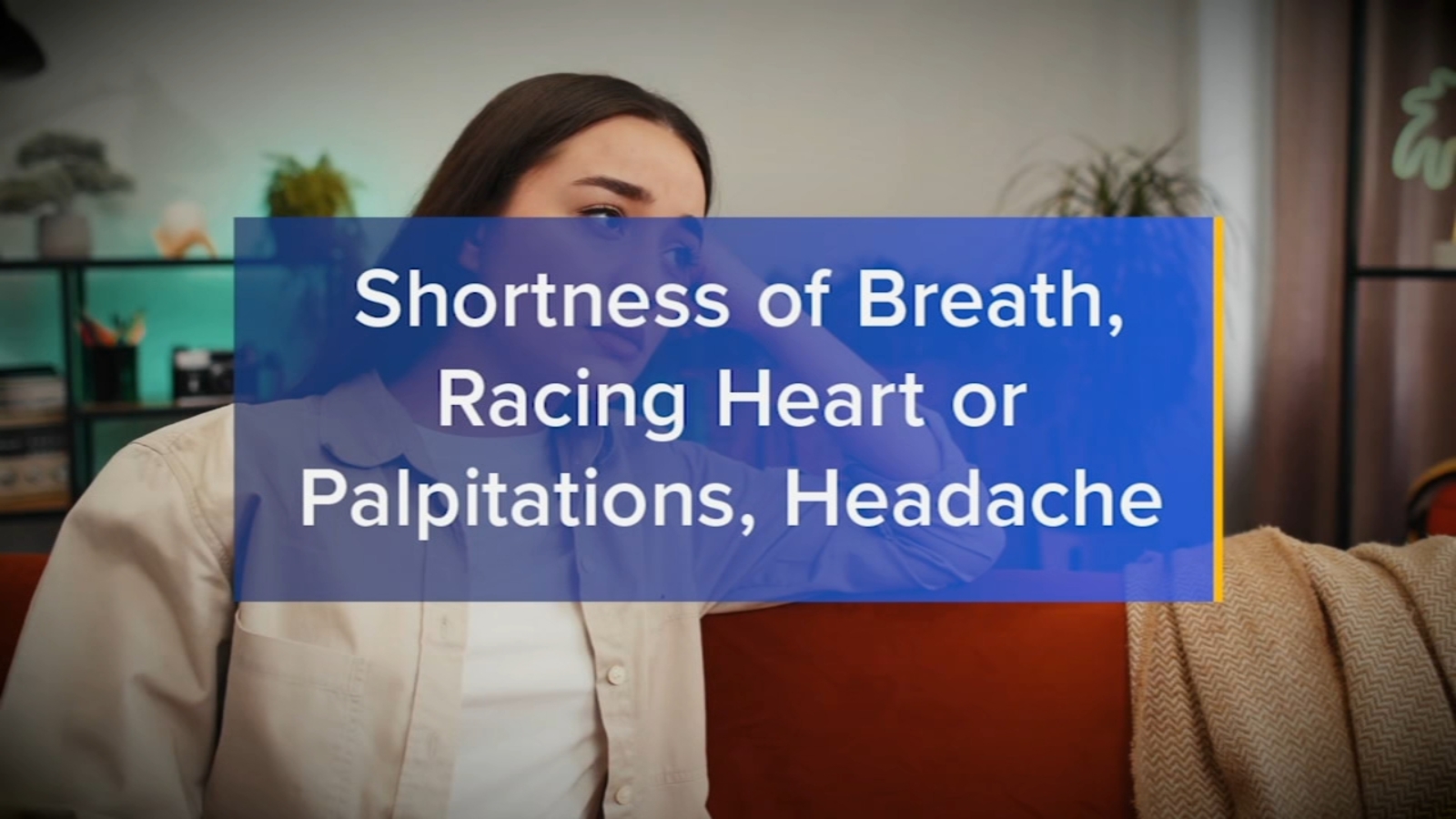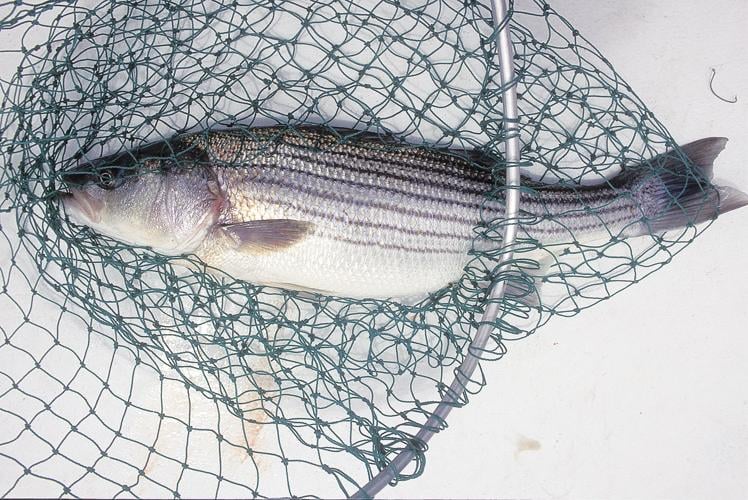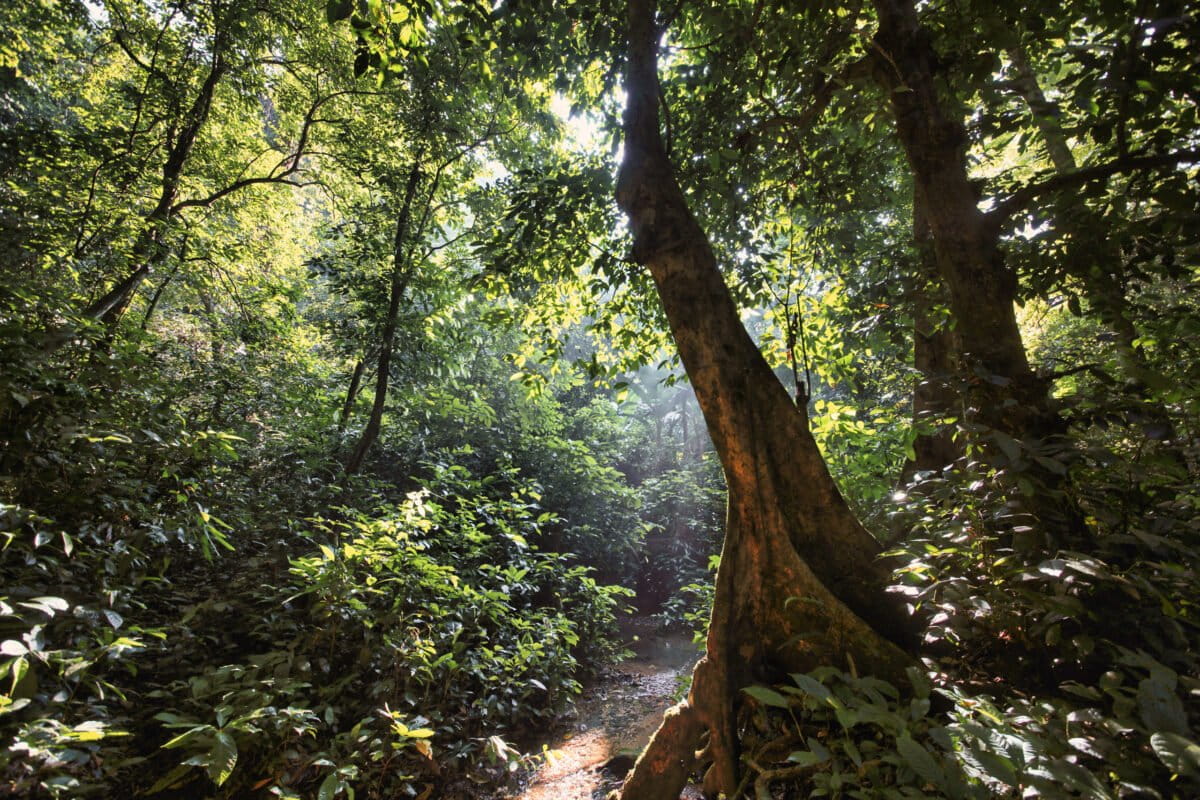Coastal and Marine Ecosystems of the Bijagós Archipelago – Omatí Minhô – UNESCO World Heritage Centre

Report on the Bijagós Archipelago’s Contribution to the Sustainable Development Goals
Site Overview and Global Significance
The property encompasses a continuous series of coastal and marine ecosystems within the Bijagós Archipelago, Guinea-Bissau. As the only active deltaic archipelago on the African Atlantic coast, its preservation is of global importance. The site’s well-preserved marine and intertidal environments are fundamental to achieving multiple Sustainable Development Goals (SDGs).
Alignment with SDG 14: Life Below Water
The archipelago is a critical asset for the advancement of SDG 14, which aims to conserve and sustainably use the oceans, seas, and marine resources.
- Ecosystem Conservation (Target 14.2): The property protects vital marine habitats, including mangroves, mudflats, and intertidal zones, which are essential for the life cycles of diverse marine species.
- Marine Biodiversity (Target 14.5): The site is a sanctuary for rich marine biodiversity, including significant populations of dolphins and diverse fish species, directly contributing to the conservation of coastal and marine areas.
- Protection of Threatened Species: The area provides a critical habitat for endangered species such as the Green Turtle, Leatherback Turtle, and the West African Manatee, aligning with global efforts to protect marine life and prevent species extinction.
Alignment with SDG 15: Life on Land
The site’s terrestrial and intertidal components are integral to achieving SDG 15, which focuses on protecting, restoring, and promoting the sustainable use of terrestrial ecosystems and halting biodiversity loss.
- Halting Biodiversity Loss (Target 15.5): The archipelago is a crucial refuge for over 870,000 migratory shorebirds and numerous bird colonies, playing a significant role in global efforts to halt biodiversity loss.
- Protection of Key Habitats and Species: Poilão Island is identified as a globally important nesting site for marine turtles, representing a targeted conservation action to protect threatened species and their critical habitats.
- Conservation of Flora: The site supports rare plant species, contributing to the preservation of terrestrial and semi-terrestrial botanical diversity.
Synergies with Additional Sustainable Development Goals
The conservation of the Bijagós Archipelago also supports other interconnected SDGs.
- SDG 13 (Climate Action): The extensive mangrove systems and coastal ecosystems enhance climate resilience by serving as natural defenses against coastal erosion and acting as significant carbon sinks.
- SDG 11 (Sustainable Cities and Communities): The formal protection of this unique natural heritage directly supports Target 11.4, which calls for strengthening efforts to protect and safeguard the world’s cultural and natural heritage.
Analysis of Sustainable Development Goals in the Article
1. Which SDGs are addressed or connected to the issues highlighted in the article?
The article primarily addresses two Sustainable Development Goals due to its focus on the conservation of marine and coastal ecosystems and the biodiversity they support.
-
SDG 14: Life Below Water
This goal is central to the article, which describes “a continuous series of coastal and marine ecosystems” in the Bijagós Archipelago. The text emphasizes the protection of marine environments, biodiversity such as “endangered Green and Leatherback turtles, manatees, dolphins,” and vital habitats like “mangroves, mudflats, and intertidal zones.”
-
SDG 15: Life on Land
This goal is also relevant as the article discusses ecosystems at the interface of land and sea and the protection of biodiversity. It mentions “mangroves,” which are coastal forests, and the importance of the archipelago for “migratory shorebirds” and as a nesting site for turtles (“Poilão Island is a globally important nesting site for turtles”), connecting terrestrial and marine conservation efforts. The protection of “rare plant species” also falls under this goal.
2. What specific targets under those SDGs can be identified based on the article’s content?
Several specific targets can be identified based on the conservation efforts and ecosystem characteristics described in the article.
-
SDG 14: Life Below Water
- Target 14.2: “By 2020, sustainably manage and protect marine and coastal ecosystems to avoid significant adverse impacts…” The article directly relates to this target by describing the property as containing the “best-preserved areas of the Bijagós Archipelago” and highlighting ecosystems that are “vital for marine life,” indicating an effort to protect and manage them sustainably.
- Target 14.5: “By 2020, conserve at least 10 per cent of coastal and marine areas…” The article’s subject, “The property,” represents a designated protected area. Its description as a conserved series of “coastal and marine ecosystems” directly aligns with the objective of conserving significant marine areas.
-
SDG 15: Life on Land
- Target 15.1: “By 2020, ensure the conservation, restoration and sustainable use of terrestrial and inland freshwater ecosystems and their services, in particular forests, wetlands…” The mention of “mangroves” directly points to the conservation of wetland and coastal forest ecosystems as part of the protected area.
- Target 15.5: “Take urgent and significant action to reduce the degradation of natural habitats, halt the loss of biodiversity and, by 2020, protect and prevent the extinction of threatened species.” This target is strongly supported by the article’s emphasis on the site’s “rich biodiversity” and its role as a home to “endangered Green and Leatherback turtles” and “manatees.” The specific mention of “Poilão Island” as a “globally important nesting site for turtles” underscores the action being taken to protect threatened species and their habitats.
3. Are there any indicators mentioned or implied in the article that can be used to measure progress towards the identified targets?
The article does not provide quantitative data for official SDG indicators, but it implies several qualitative and descriptive indicators that can be used to assess the health of the ecosystem and the success of conservation efforts.
- Health and coverage of key ecosystems: The presence and condition of “mangroves, mudflats, and intertidal zones” serve as an indicator for Target 14.2. The description of these areas as “best-preserved” implies a high standard of ecosystem health.
- Population status of endangered and key species: The presence and protection of “endangered Green and Leatherback turtles, manatees, dolphins” are direct indicators of progress towards Target 15.5. The functionality of “Poilão Island” as a major turtle nesting site is a specific measure of habitat integrity and species protection.
- Levels of biodiversity: The article mentions “rich biodiversity,” “rare plant species,” “diverse fish populations,” and “over 870,000 migratory shorebirds.” These elements serve as indicators for the overall success of halting biodiversity loss (Target 15.5) and maintaining healthy oceans (Target 14.2). The number of shorebirds provides a specific, albeit broad, quantitative measure.
- Coverage of protected areas: The existence of “The property” itself, defined as a protected area covering “a continuous series of coastal and marine ecosystems,” is a direct indicator for Target 14.5.
4. Table of SDGs, Targets, and Indicators
| SDGs | Targets | Indicators (as implied in the article) |
|---|---|---|
| SDG 14: Life Below Water |
14.2: Sustainably manage and protect marine and coastal ecosystems.
14.5: Conserve coastal and marine areas. |
– Condition of the “best-preserved” coastal and marine ecosystems. – Health and extent of “mangroves, mudflats, and intertidal zones.” – Presence of “diverse fish populations.” – The designation of the property as a protected area. |
| SDG 15: Life on Land |
15.1: Ensure the conservation of terrestrial and wetland ecosystems.
15.5: Halt biodiversity loss and protect threatened species. |
– Conservation status of “mangroves.” – Population status of “endangered Green and Leatherback turtles” and “manatees.” – Count of “over 870,000 migratory shorebirds.” – Status of “Poilão Island” as a “globally important nesting site.” – Presence of “rare plant species.” |
Source: whc.unesco.org

What is Your Reaction?
 Like
0
Like
0
 Dislike
0
Dislike
0
 Love
0
Love
0
 Funny
0
Funny
0
 Angry
0
Angry
0
 Sad
0
Sad
0
 Wow
0
Wow
0

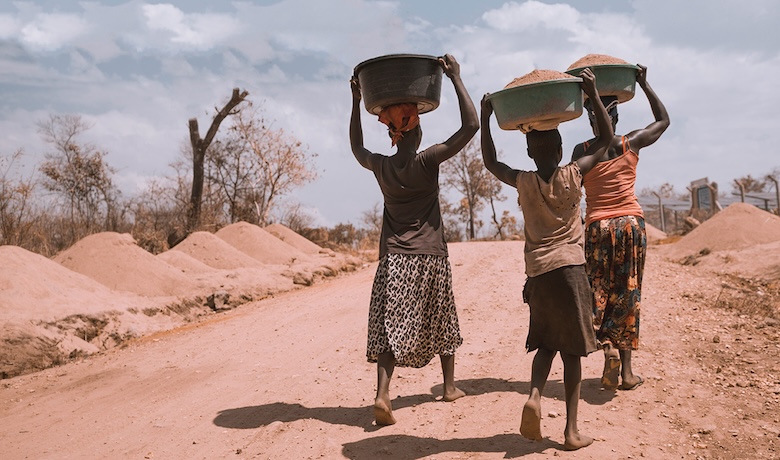
















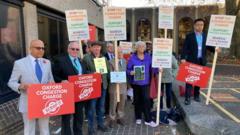





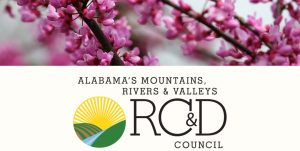



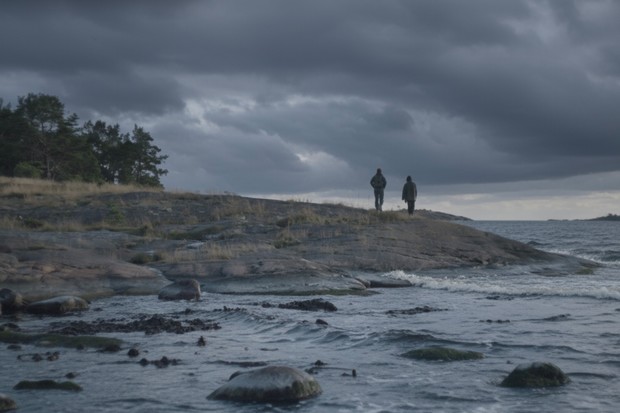
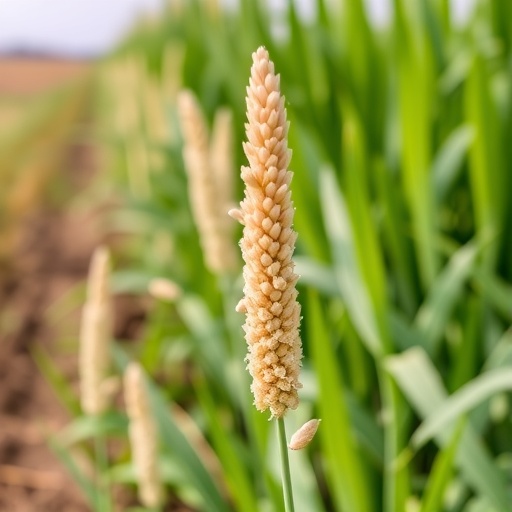

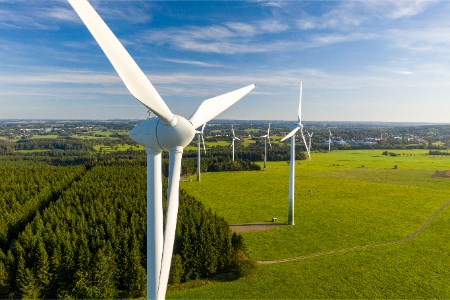
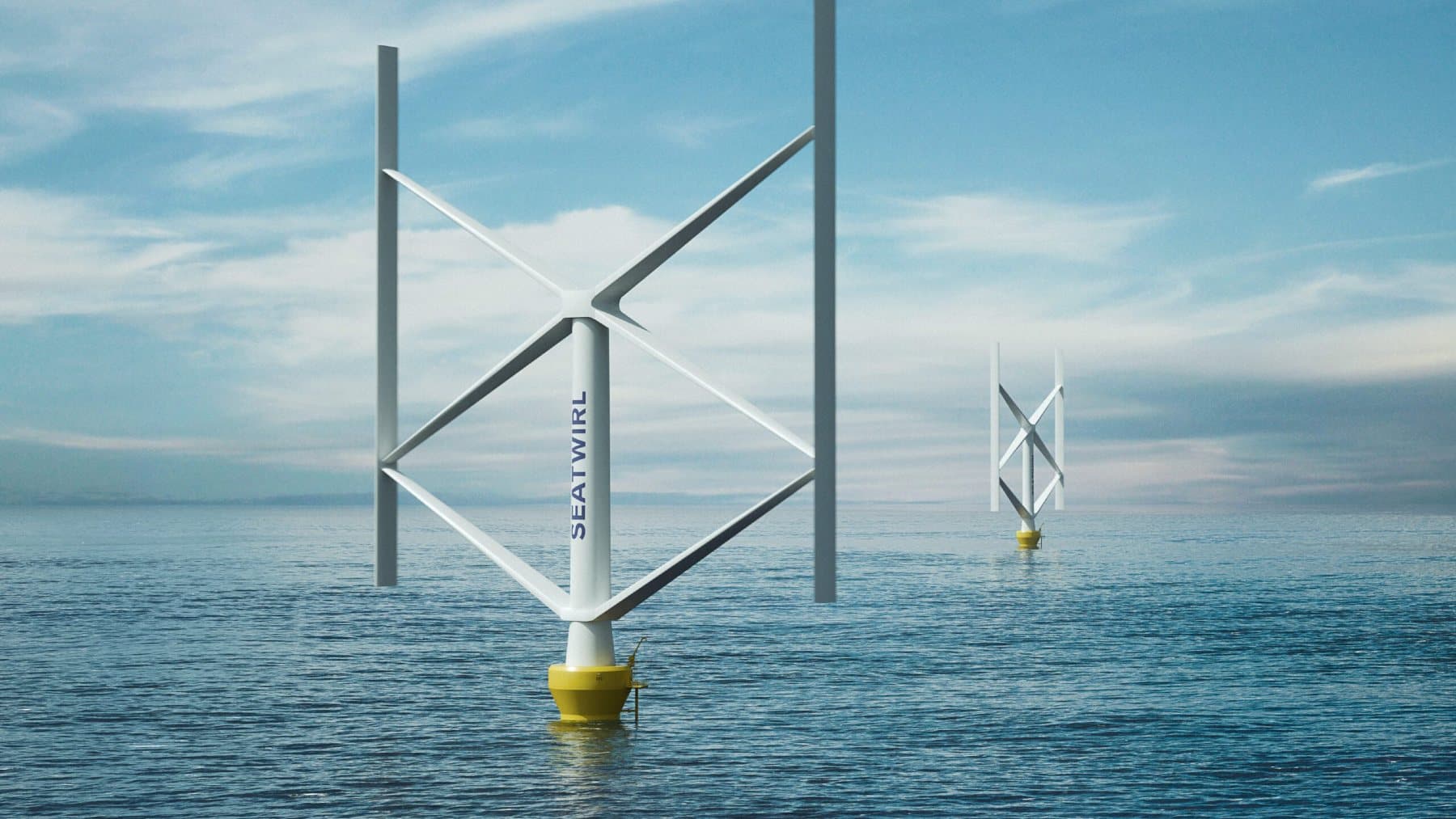




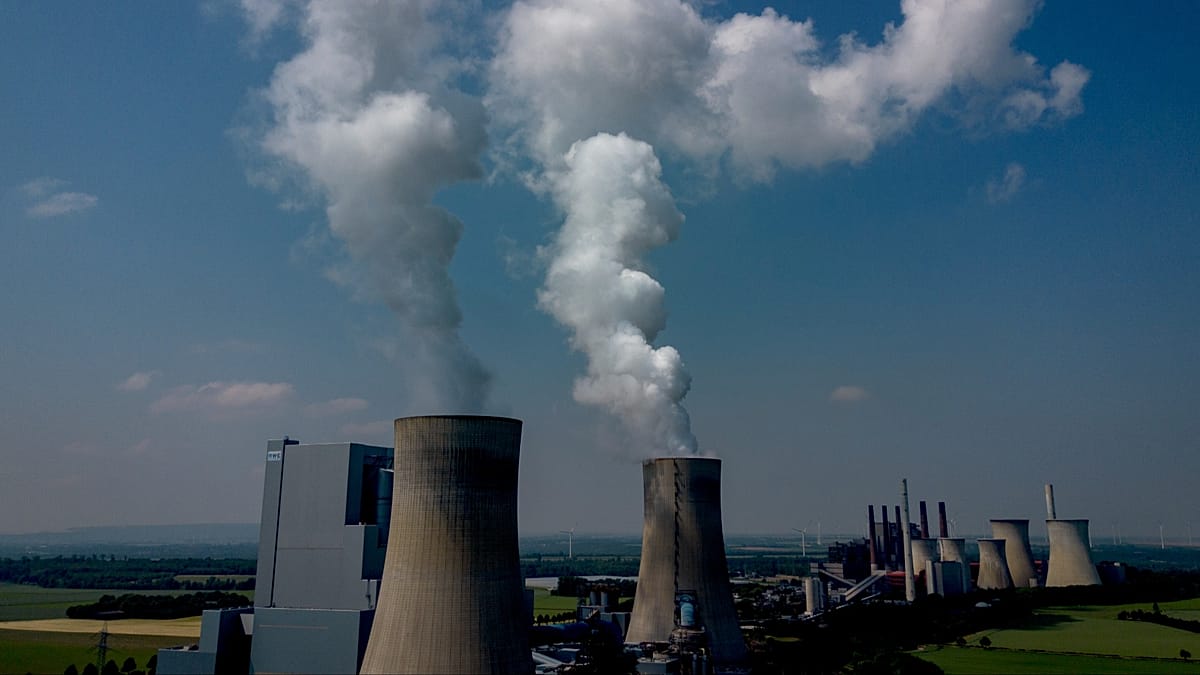



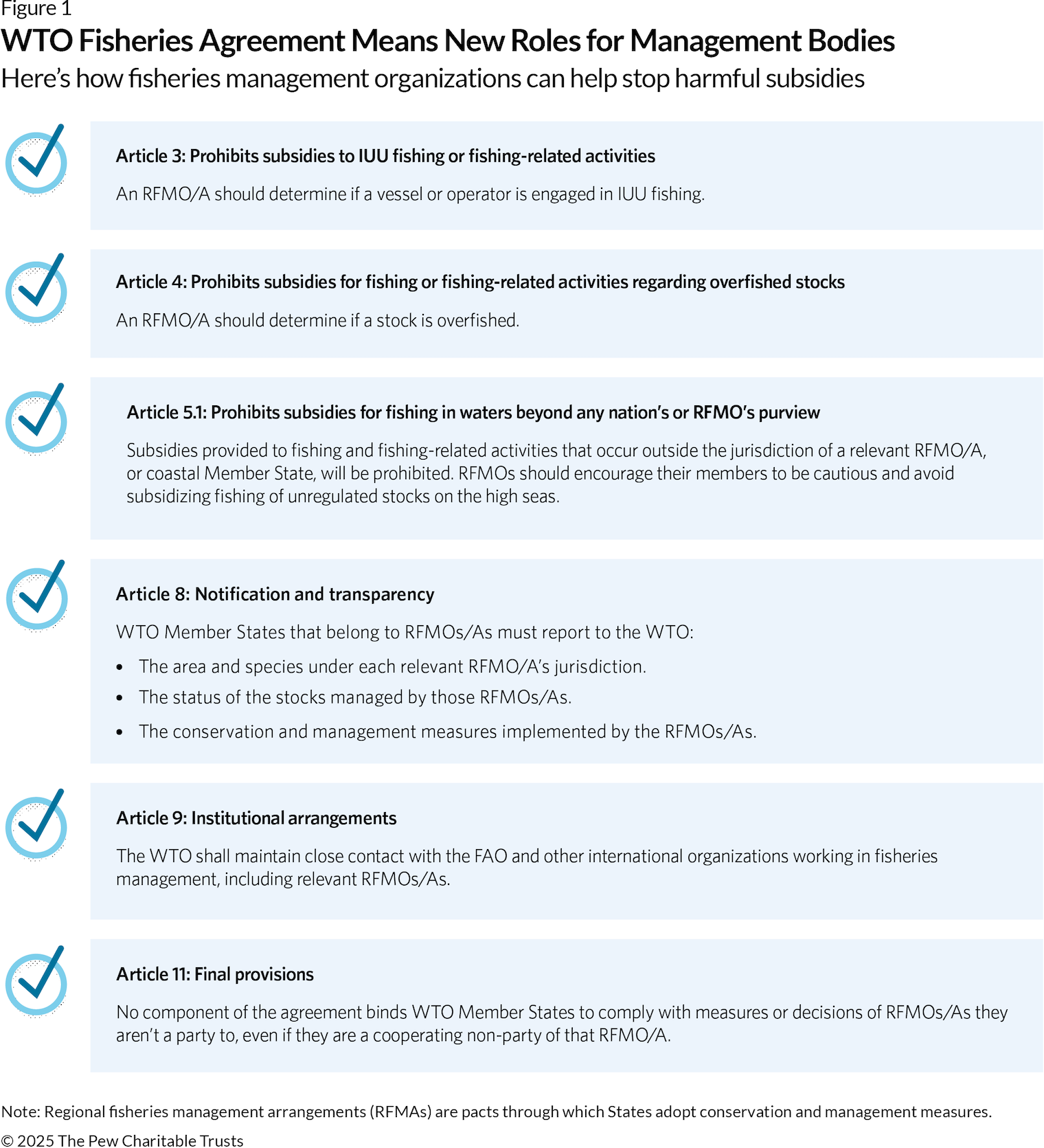
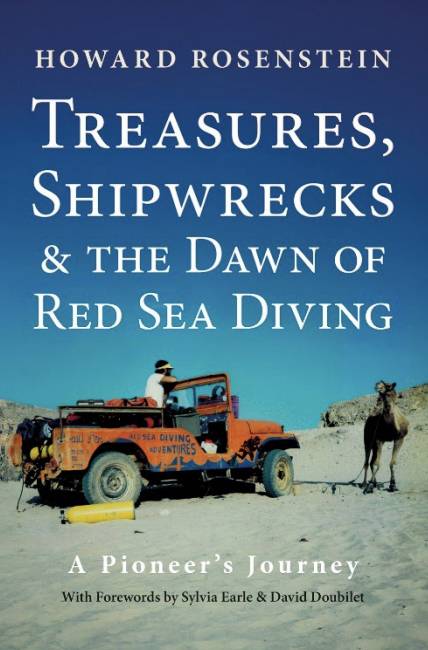
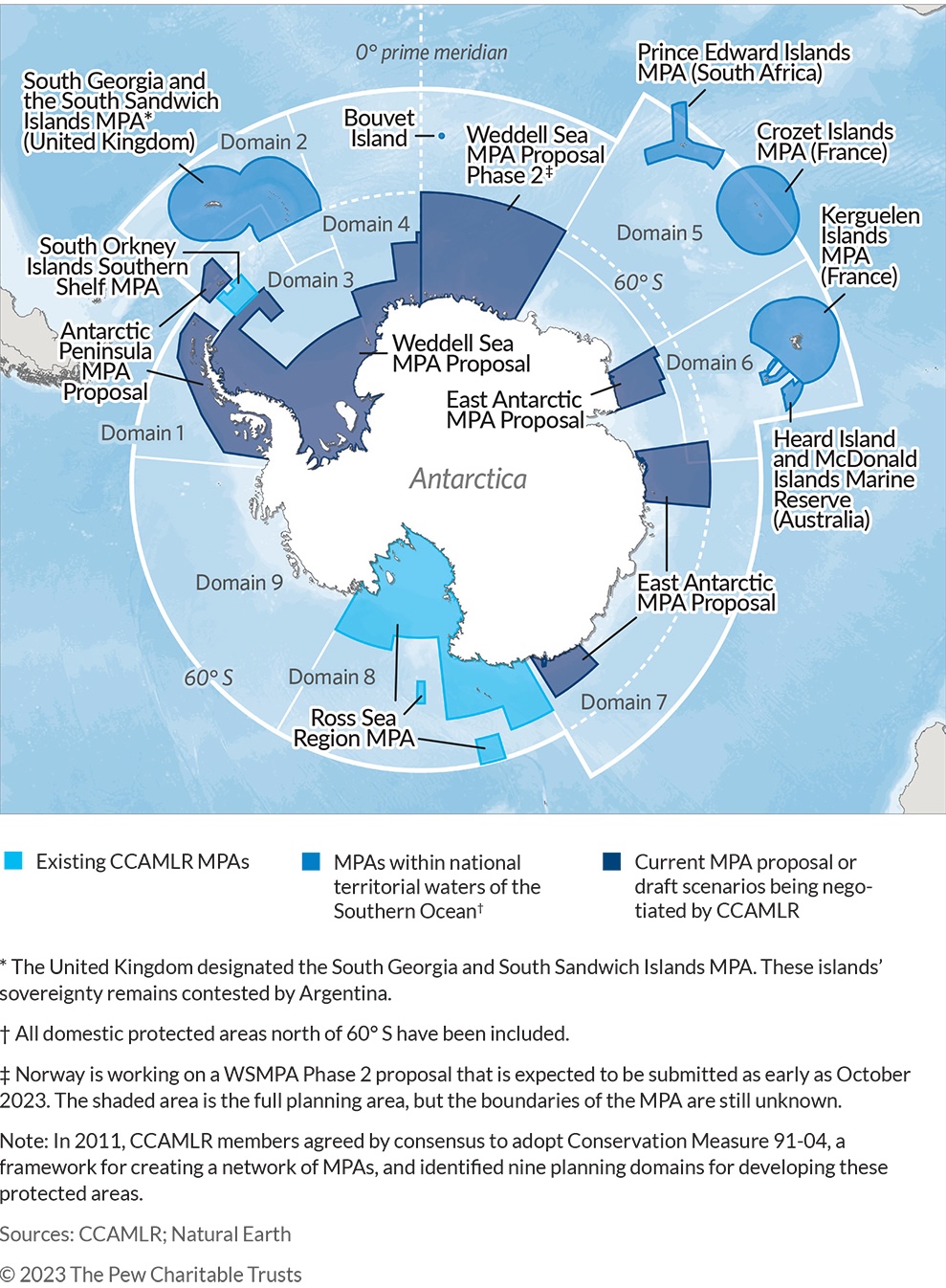


.jpg?h=50da7ea4&itok=DTgFLdpn#)












